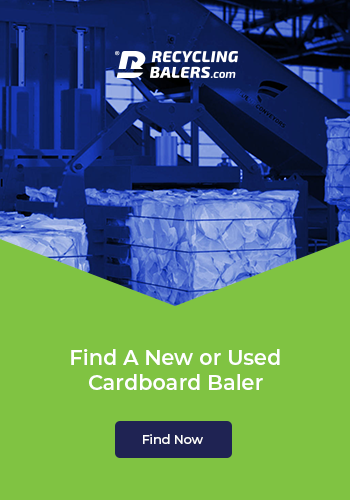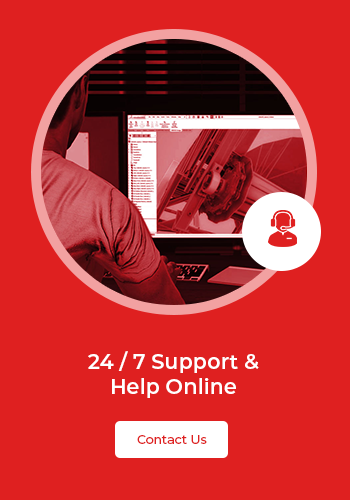Ways to Recycle Conveyor Belts
Sustainable business practices are quite rightly becoming a mainstay of the modern workplace, and many companies strive hard to ensure they remain as environmentally friendly as possible.
Many manufacturers rely heavily on conveyor belts to optimize their infrastructures, which tend to wear over time. This makes proper disposal and re-use incredibly important; otherwise, companies risk failing to hit their sustainability targets.
If you’re struggling with what to do with your own pre-loved conveyor belts, it’s important to note a few ways in which you can recycle them sufficiently.
Recycling Rubber
Rubber doesn’t have the best track record when it comes to sustainability, yet it’s still a hugely popular material for manufacturing conveyor belts.
Nowadays, rubber conveyor belting can be shredded down and reconstituted into new products, such as economy tires, road surfaces, and mulch. This is a good way to make the most out of your old conveyor belts and ensure that you’re giving the material a new lease on life.
It could also be a good opportunity for you to make some extra income alongside your regular business, especially if you’re constantly finding yourself in a position where you need to replace your conveyor belts.
Selling Old Belts
You could also consider selling your old belts rubber to businesses that work predominantly with rubber, as you can rest assured that they’ll put it to good use (and you’ll widen those profit margins).
Overall, this is perhaps one of the easiest ways to recycle your old conveyor belts; just make sure that you’re selling to a company that will legitimately reuse the material. In fact, many businesses are open to buying old conveyor belts – all it takes is a quick internet search to find them.
Repurpose the Belt
A rubber product like a conveyor belt is fairly easy to cut and manipulate, so you could always consider repurposing your old belts around your workspace, i.e., turning your belt into a surface for the factory floor.
Recut the Belt
Depending on the amount of wear and tear your belt has, you may be able to recut it, enabling you to carry on using it for its primary function.
Go to the Recycling Center
Recycling centers may be able to take your old belts off your hands, regardless of what they’re made out of. Still, just make sure you check in advance; otherwise, you might end up with a truck full of conveyor belts and nowhere to put them.
Specialized conveyor belt recycling companies do indeed exist, and they’re certainly a more sustainable option than simply throwing your belts in a landfill. The landfill option should be avoided at all costs, especially when you consider the wide range of better alternatives you have at your fingertips.
Repairs
You might not need to replace the entire belt, as replacing certain sections is entirely plausible in many cases. If you need some replacement conveyor belts, feel free to check out our huge array of options available – there’s likely a solution to fit your needs perfectly. Plus, if you have any questions, our friendly team is here to help.



